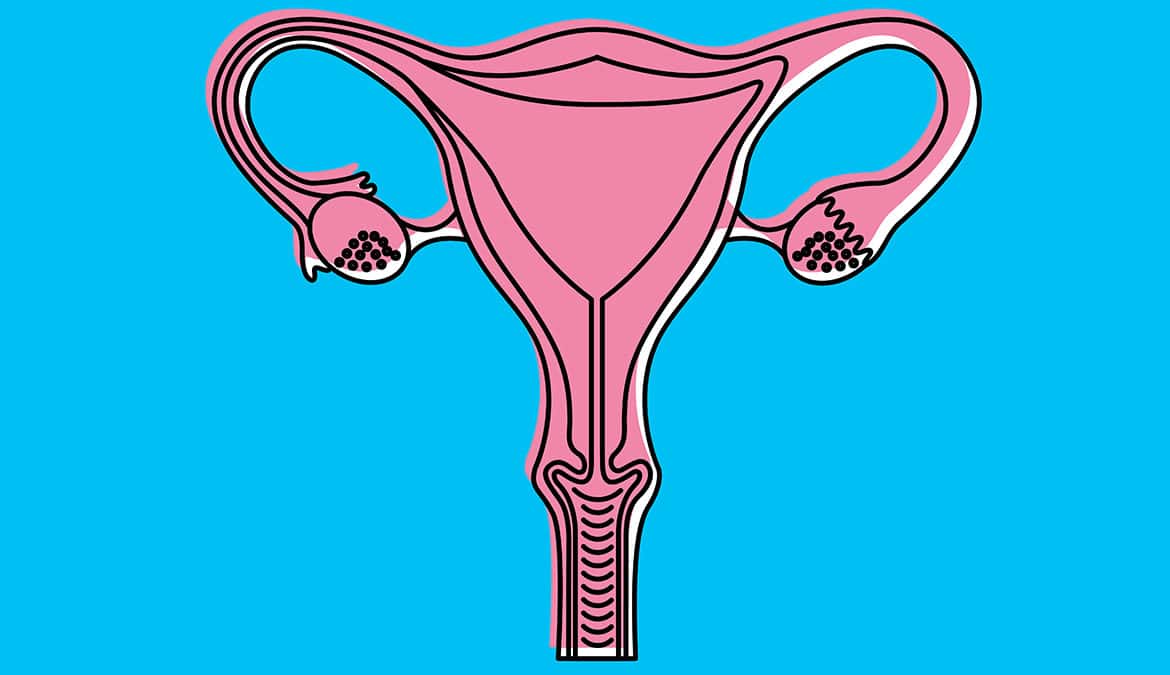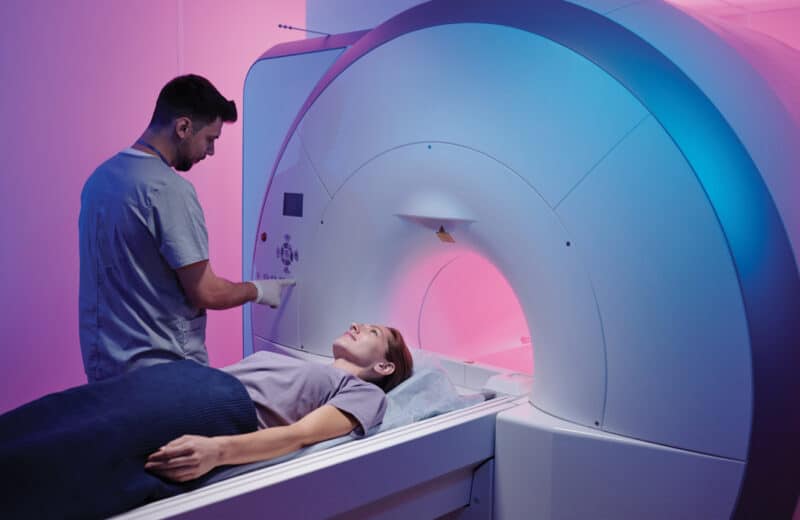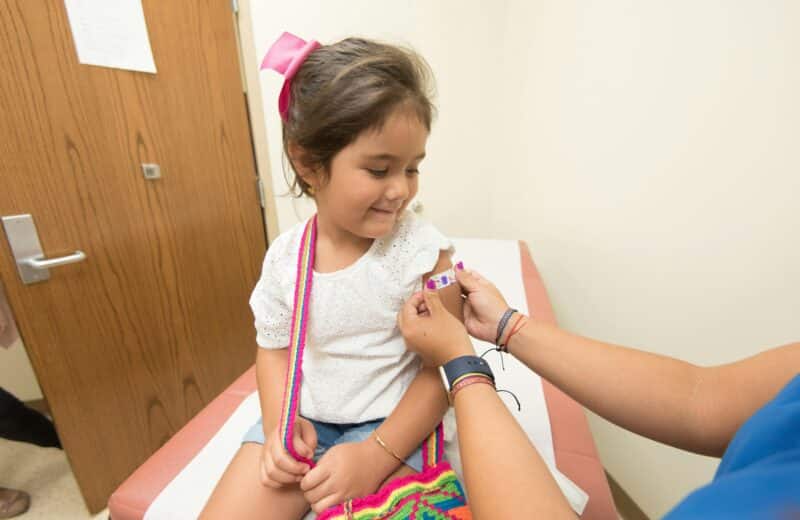Ovarian cancer is one of a few diseases known as a “silent killer” because it lacks specific, concrete symptoms. But according to physicians and recent studies, the disease does present warning signs that women, especially those at high risk, shouldn’t ignore. In particular, the U.S. Gynecologic Cancer Foundation, the Society of Gynecologic Oncologists and the American Cancer Society released a consensus statement in 2007 that identified four symptoms: bloating, pelvic pain, difficulty eating and frequent or urgent urination.
“Many women dismiss the key symptoms, such as bloating or abdominal pain,” says Dr. Diane Yamada, the principal investigator at the University of Chicago for the Gynecologic Oncology Group. “If these symptoms persist every day for two to three weeks, they should be taken more seriously.”
According to the American Cancer Society, an estimated 21,880 new cases will be diagnosed in 2010, resulting in the deaths of approximately 13,850 women.
“Even more disturbing, more than 70 percent of cases are discovered in stage III or higher, with most of the earlier stage cancers discovered by happenstance,” says Dr. Lee Shulman, director of the Northwestern Ovarian Cancer Early Detection and Prevention Program (NOCEDP), which helps to develop new tests for early detection and to identify those women at an increased risk.
The good news is that most women can reduce their risk of developing ovarian cancer with increased awareness and education.
About Ovarian Cancer
Ovarian cancer is defined as cancer that begins in the ovaries. One-third of American women will be diagnosed with some form of cancer, with roughly 1.41 percent affecting one or both of the ovaries, reports the National Cancer Institute. The ovaries contain three types of tissue: germ cells, which develop into eggs; stromal cells, which produce most of the female hormones; and epithelial cells, which cover the ovary and are where most ovarian cancers start. In fact, 85 to 90 percent of all ovarian cancers are epithelial.
While most ovarian cancer patients are women in their 60s, younger women, although rare, can also be affected. Germ-cell ovarian cancer occasionally occurs in girls and young women, usually younger than 18. Still, less than 2 percent of all ovarian cancers are germ-cell tumors, which are usually very curable with minimally invasive surgery.
Who Is at Risk?
Women with a family or personal history of breast or ovarian cancer could be diagnosed with the disease at an earlier age than most women who are diagnosed with ovarian cancer.
“Since ovarian cancer is a rare cancer, physicians don’t screen asymptomatic women,” Dr. Yamada says. “Women need to be aware of their family’s medical history and be able to recognize the warning signs to determine whether they are at high risk.”
Women who have inherited certain altered genes also have a much higher risk of ovarian cancer. These mutations may be found in the BRCA1, BRCA2 or hereditary nonpolyposis colorectal cancer (HNPCC) genes. Studies have shown that Ashkenazi Jewish women may be at a slightly greater risk due to inherited BRCA1 and BRCA2 mutations.
Recognizing Symptoms
Because many women ignore its warning signs, ovarian cancer often goes undetected until it reaches advanced stages. Symptoms such as abdominal pains and bloating, even when they persist continually over the course of several weeks, are often overlooked as hormonal issues or menstruation-related annoyances. “If you’re experiencing these [kinds of symptoms] every day for two to three weeks, it’s important to talk with your physician,” Dr. Shulman says. Other warning signs are as follows:
- Vague but persistent gastrointestinal upsets such as gas, nausea and indigestion
- Frequency and/or urgency of urination in the absence of an infection
- Unexplained weight gain or weight loss
- Ongoing, unusual fatigue
- Unexplained changes in bowel habits
Reducing the Risk
“Most women can reduce their risk [of developing ovarian cancer], even if they have a family history of cancer or have inherited mutated genes,” Dr. Shulman says. He recommends the following actions:
- ORAL CONTRACEPTIVES: Using oral contraceptives for at least five years reduces the risk of developing ovarian cancer by 50 percent.
- BREASTFEEDING: Women who have given birth at least once are less likely to develop the disease than those who have never had children, and breast-feeding has also been shown to decrease the risk.
- TUBAL LIGATION: The risk of developing ovarian cancer can be reduced by as much as 50 percent for women who have undergone tubal ligation or sterilization.
- REMOVAL OF FALLOPIAN TUBES: Women at high risk may opt for removal of their fallopian tubes. In the last few years, it has been recognized that the development of primary fallopian tube cancers can also occur in high-risk women, and when it metastasizes, it can look like advanced ovarian cancer or primary peritoneal cancer.
- REMOVAL OF BOTH OVARIES: For women with a very high risk of developing ovarian cancer, the option of prophylactic oophorectomy, or the removal of both ovaries, is an option. This procedure can greatly reduce the risk for women with a personal or extensive family history of breast cancer or women carrying an altered version of the genes BRCA1 and BRCA2, although the chance that the cancer may still develop in nearby abdominal and pelvic tissue still exists.
Testing and Treatment
Many women are under the false assumption that their yearly Pap test, a routine procedure that screens the uterus for cellular abnormalities, will pick up ovarian cancer. That simply isn’t the case. While there is not yet a consistently reliable, accurate screening test (and those that have been recently marketed have yet to be rigorously validated), women at high risk can be screened in a variety of ways.
An annual rectovaginal exam for women 35 and older allows the physician to detect any abnormal swelling or tenderness. Those at high risk should consider an annual transvaginal sonography (an ultrasound performed with a small instrument placed in the vagina) and a CA-125 blood test. The blood test, although not always definitive, can determine if the level of a tumor marker (called a CA-125) has increased in the blood.
If any of these tests come back positive, the patient should seek out a gynecologic oncologist, a surgeon who specializes in treating ovarian cancer and also other reproductive organ cancers.
“Getting to a specialist who knows how to treat this and can administer surgery is very important,” says Dr. Yamada.
Surgery is usually required to treat ovarian cancer, in addition to another form of treatment such as chemotherapy, depending on the stage of cancer, the patient’s age and other factors. Surgery allows a physician to accurately stage the tumor, make a proper diagnosis and perform debulking (removal of as much tumor mass as possible). Debulking surgery is especially important in ovarian cancer, because aggressive removal of cancerous tissue is associated with an improved survival rate.
“Know the warning signs, know your family history and know your ethnicity and background,” Dr. Yamada says. “Do not hesitate to talk to your physician about any concerns you might have.”
For more information or to find a specialist, visit wcn.org.
Originally published in Chicago Health Spring 2010













